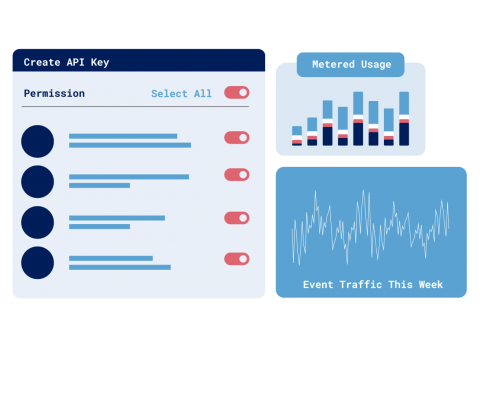Security | Threat Detection | Cyberattacks | DevSecOps | Compliance
Security
NginxDay: Vulnerabilities in NGINX's LDAP Reference Implementation
Threat Actor Deploys Malicious Packages Using Hex Encoding and Delayed Execution
Over the past week, the WhiteSource security team has found several instances of packages that use unusual techniques to disguise malicious intent. These techniques differ from what we have usually seen in the past, such as base64 and JS obfuscation. This time, we are seeing a malicious actor use hex encoding to hide the malicious behavior of the package.
XDR: A New Vision for InfoSec's Ongoing Problems
Let’s face it. The information security industry loves a new acronym. For industry long-timers, a new acronym might be just the latest reason for an eye roll. For folks new to the field, it can be very confusing. A constructive way to look at XDR — extended detection and response — is as an opportunity to take a fresh look at some old problems and gain clarity.
Amazon EC2 Just-in-time Access With Teleport and Slack
This blog is part three in a series about identity-based access and management of AWS resources. In Part I, we covered how to use OSS Teleport to access Amazon EC2 instances running in private subnets. Part II explained implementing identity-based access via SSO integration with Okta. In Part III, we will guide you through the steps to configure privilege escalation for just-in-time access requests.
How to Foster a Productive SOC Culture
According to the 2021 Devo SOC Performance ReportTM — which is based on the results of a survey of more than 1,000 security practitioners — having an understaffed SOC or constant turnover of security talent can cripple an organization’s security posture. Let’s look at some of the root causes that can lead to these two interconnected problems.
Challenges and solutions for securing distributed, remote and hybrid workforces
The world has changed. The COVID-19 pandemic has dramatically increased the number of teams that are working with a remote and distributed model. This change is a welcome acceleration of what many feel would have been the eventual outcome of our digital future. With this new model comes a new and changing set of security challenges.
Stranger Danger: Your JavaScript Attack Surface Just Got Bigger
Automatically Add IP Addresses to a Penalty Box in Cloudflare with Torq
Good security may come from strong defenses, but strong security comes from a good offense. This is especially true for network security, where minutes can make the difference between a breach and a near miss. For example, if an unknown IP address triggers an alert for suspicious or abusive behavior, the faster you can isolate and block that address, the less likely it is that the person or entity at the other end can do damage.
How to Protect Your Data When Ransomware Strikes
Ransomware is not a new attack vector. In fact, the first malware of its kind appeared more than 30 years ago and was distributed via 5.25-inch floppy disks. To pay the ransom, the victim had to mail money to a P.O. Box in Panama.











